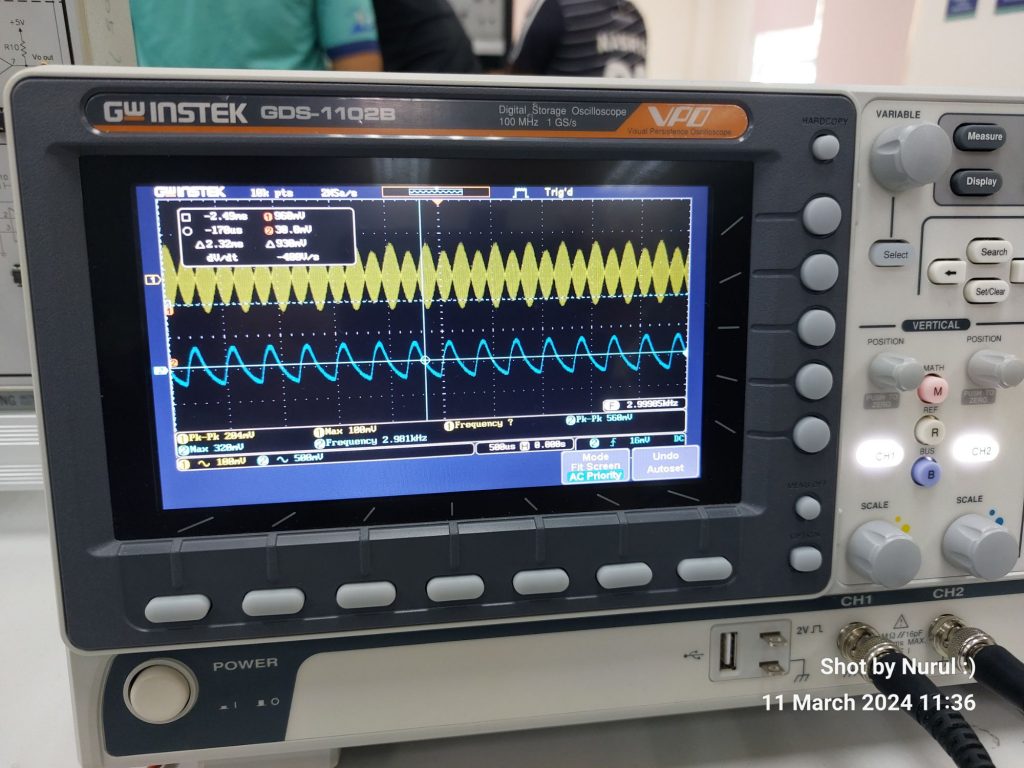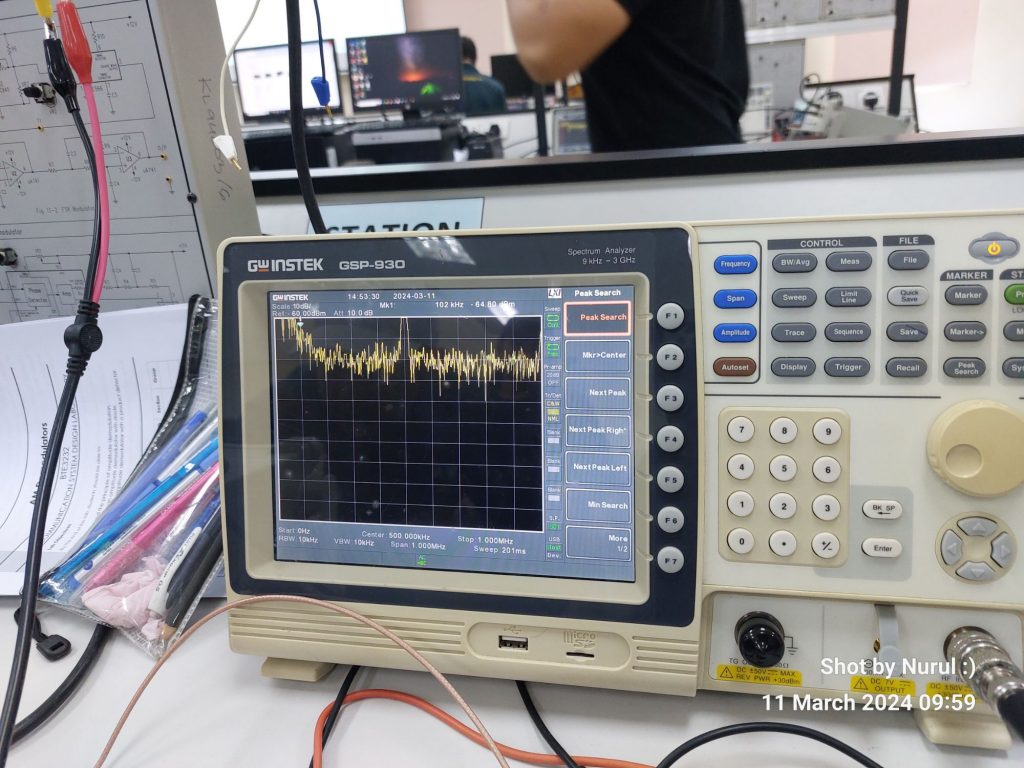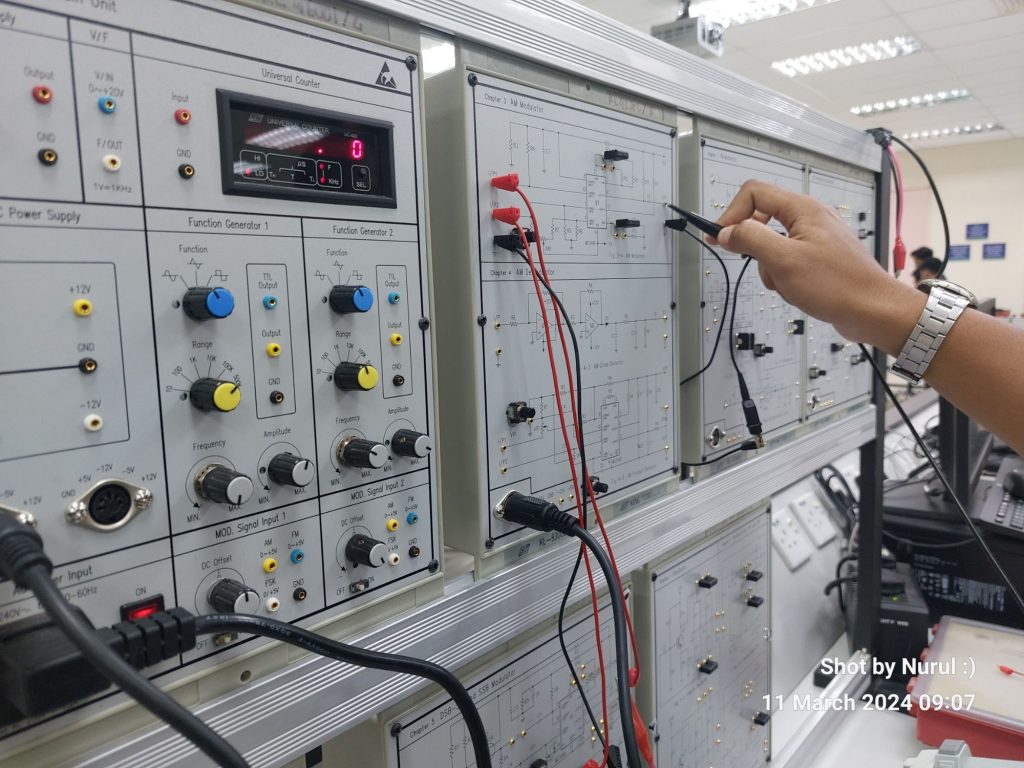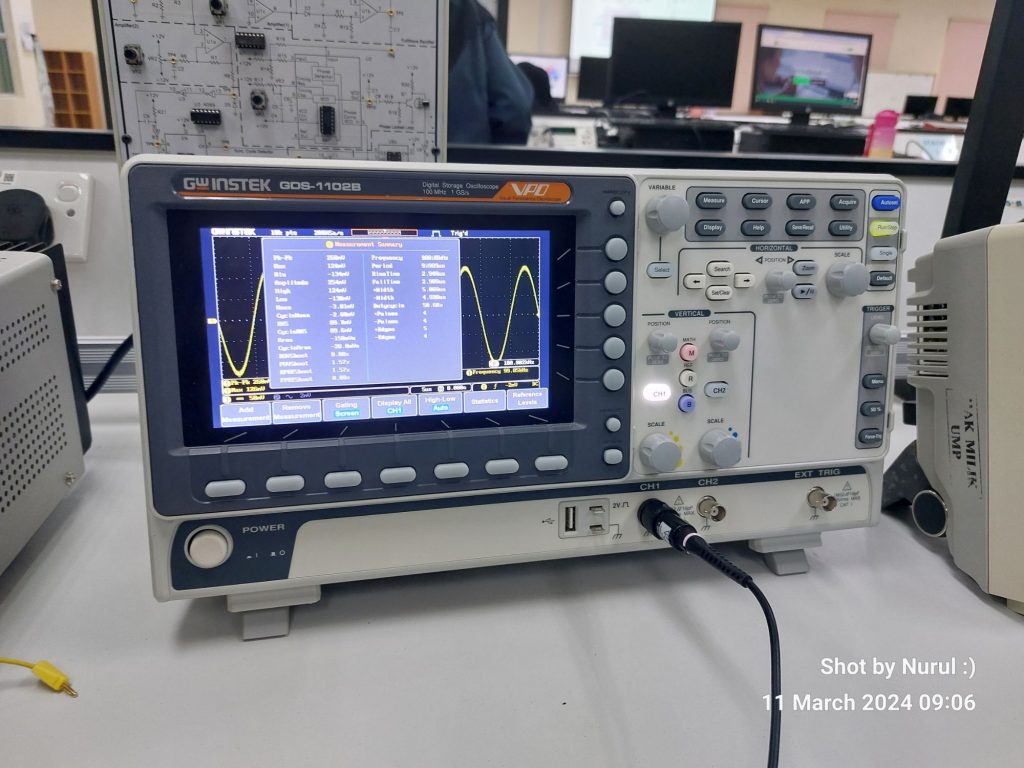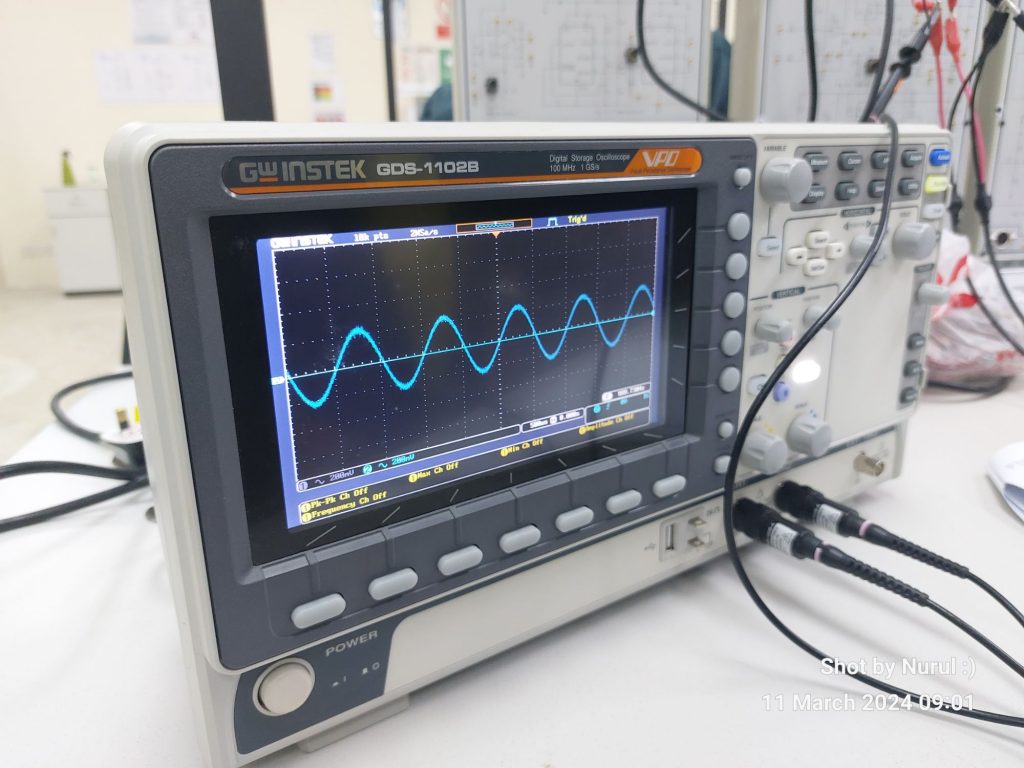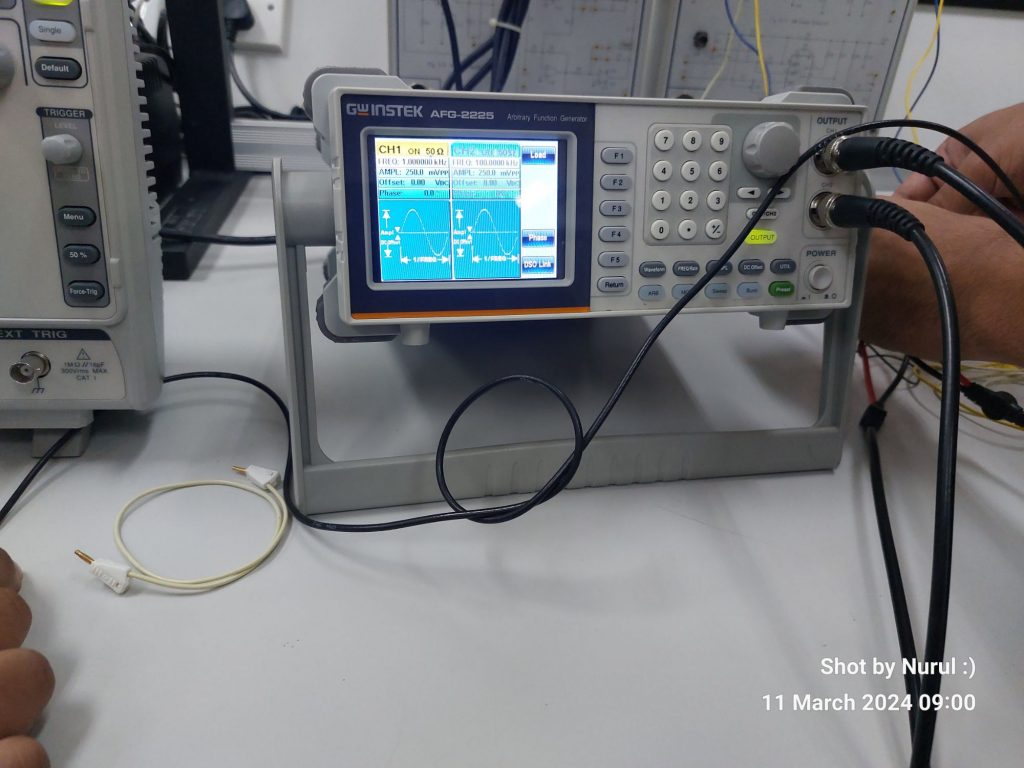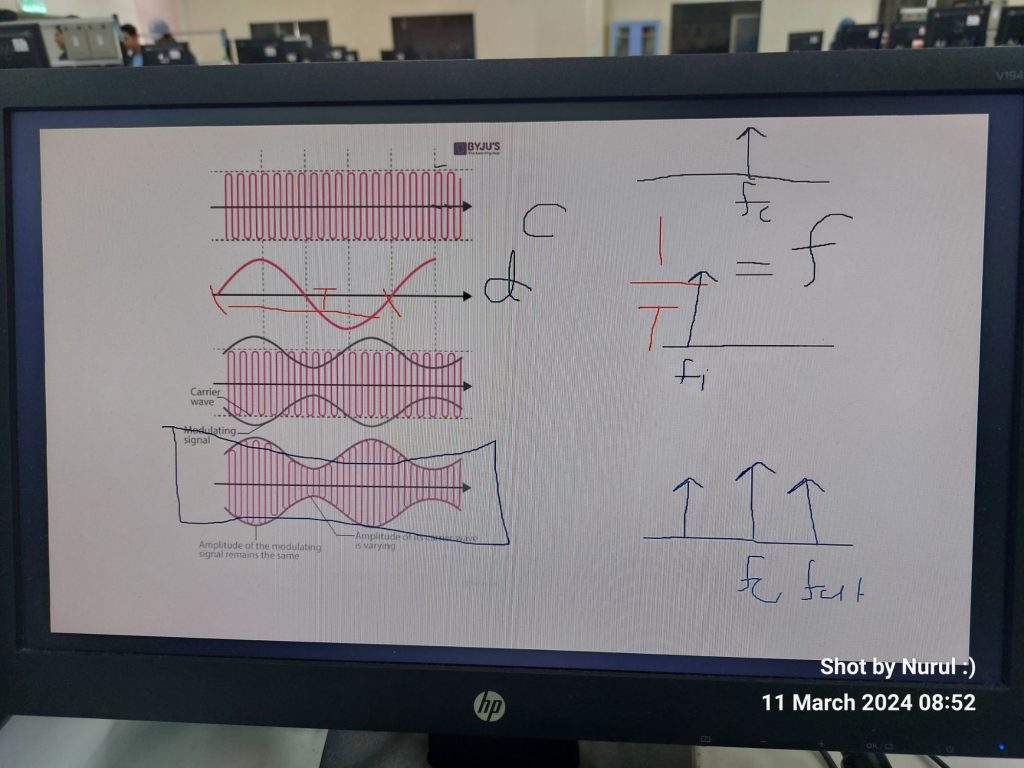
Meeting – Kolej Vokasional Kulim

The world is digital, but life is analog..


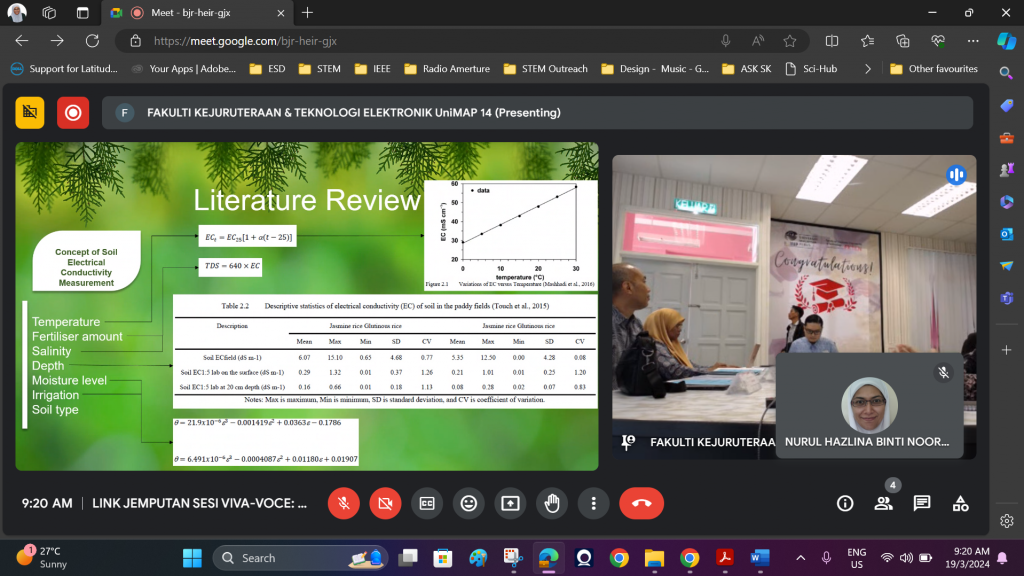
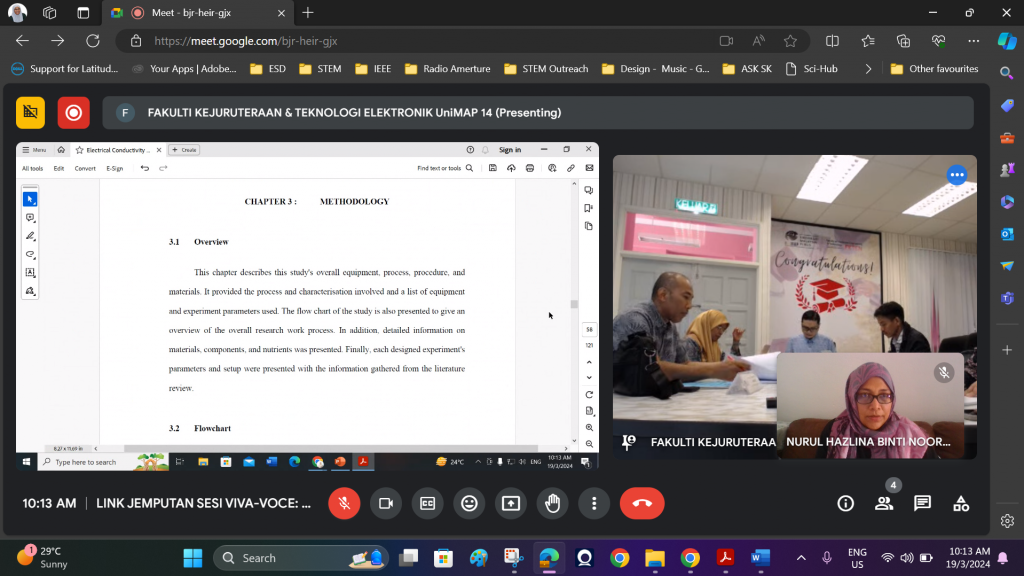




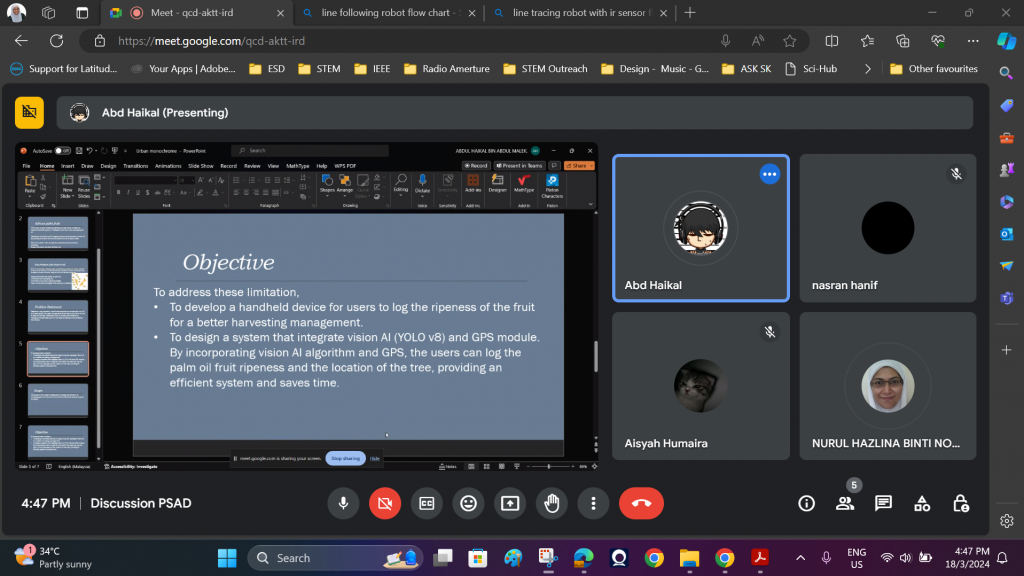
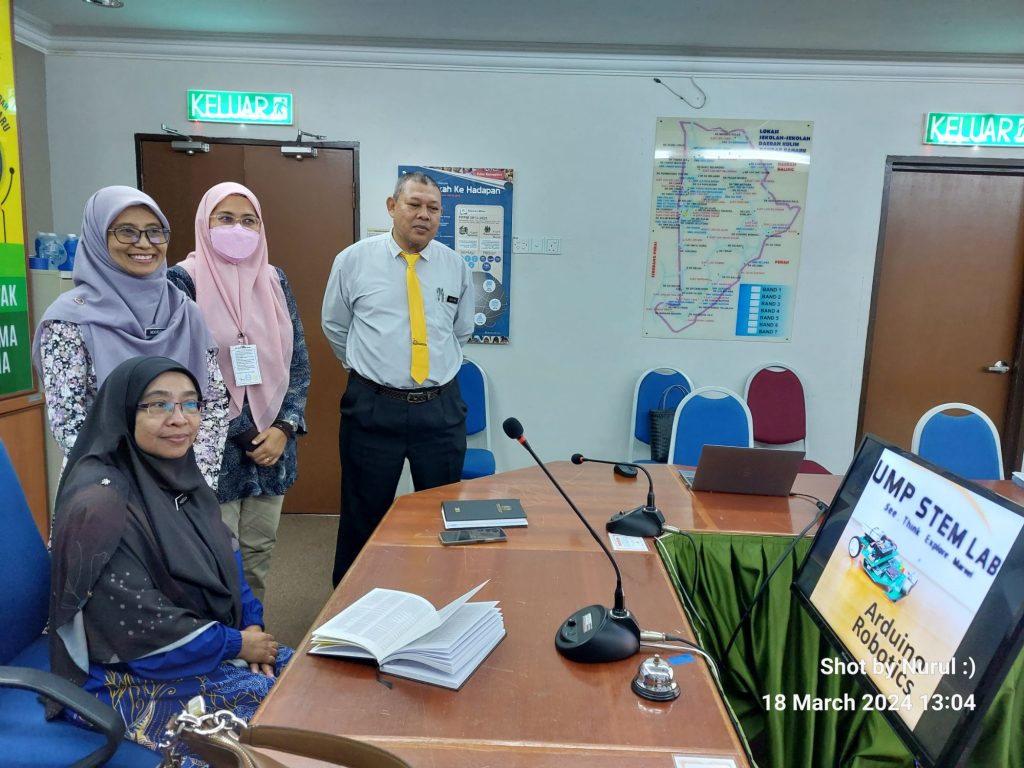
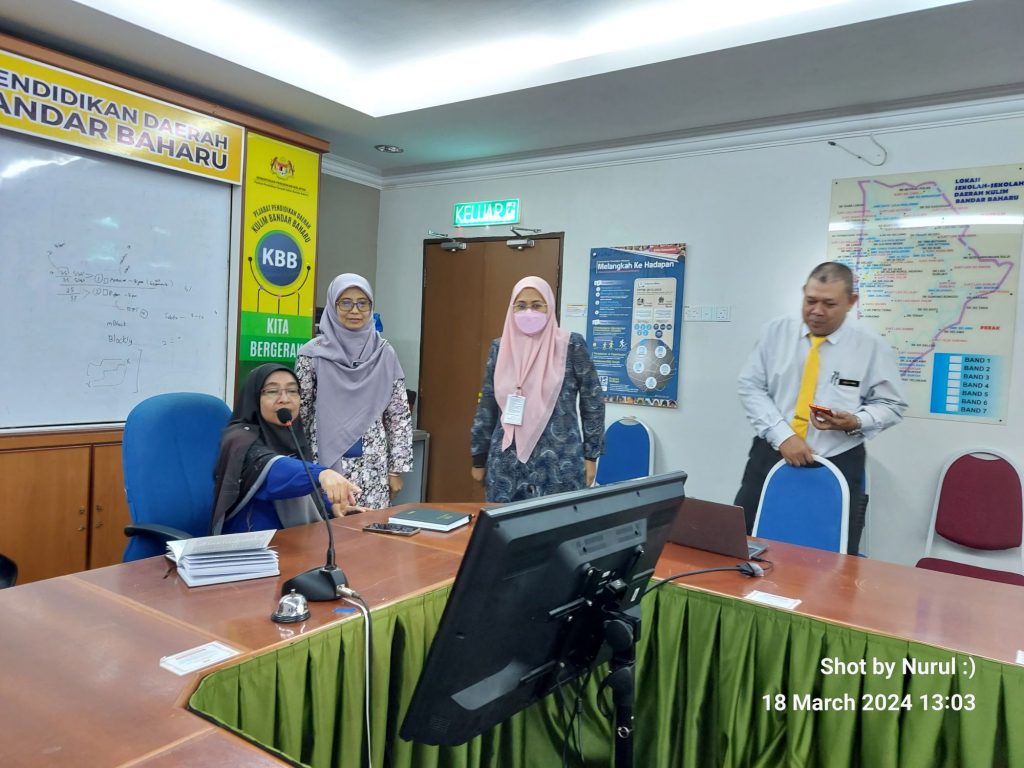
I highly recommend “Edge of the Unknown with Jimmy Chin,” for its creativity in featuring elite athletes navigating the unforgiving terrain of the vertical world. With a rating of 9/10, this first episode – Before Free Solo – sets a promising tone for the remainder of the series.

Jimmy Chin, renowned alpinist and filmmaker, guides us through the treacherous landscape of high-altitude climbing, where the margin for error is virtually non-existent. The title itself – Edge of the unknown, encapsulates the gravity of the situations these athletes face, where a single misstep could spell disaster.
As we delve into the lives of these athletes, the concept of fear as a constant companion in their pursuit of greatness, was introduced. Whether scaling towering rock faces or navigating precarious ridgelines, each elite athletes must confront their deepest fears in order to succeed. Chin’s intimate portrayal of these individuals humanizes their experiences, offering viewers a glimpse into the psyche of those who dare to defy gravity.
What sets this episode apart is its ability to capture the essence of adventure without glorifying risk-taking. While the adrenaline-fueled moments are undeniably thrilling, Chin also explores the inherent dangers and sacrifices involved in extreme sports. Through stunning cinematography and candid interviews, he sheds light on the complexities of the human spirit, revealing the resilience and determination that drive these athletes to push beyond their limits.
I find this docuseries to be not only entertaining but also thought-provoking. It serves as a reminder of the importance of perseverance and courage in the face of adversity, values that are equally applicable in our academic pursuits. Just as these athletes must overcome obstacles to reach the summit, so too must we overcome challenges to achieve our goals.
One of Jimmy’s opening remarks, “When you’re in the quest to redefine what humanly possible is, the thin line between triumph and tragedy,” woke me up to engage deeply with all 10 series.

The series sets a high standard for a documentary series, offering a captivating glimpse into the world of extreme adventure. With its compelling storytelling and breathtaking visuals, it leaves awed from the start to the end 🙂
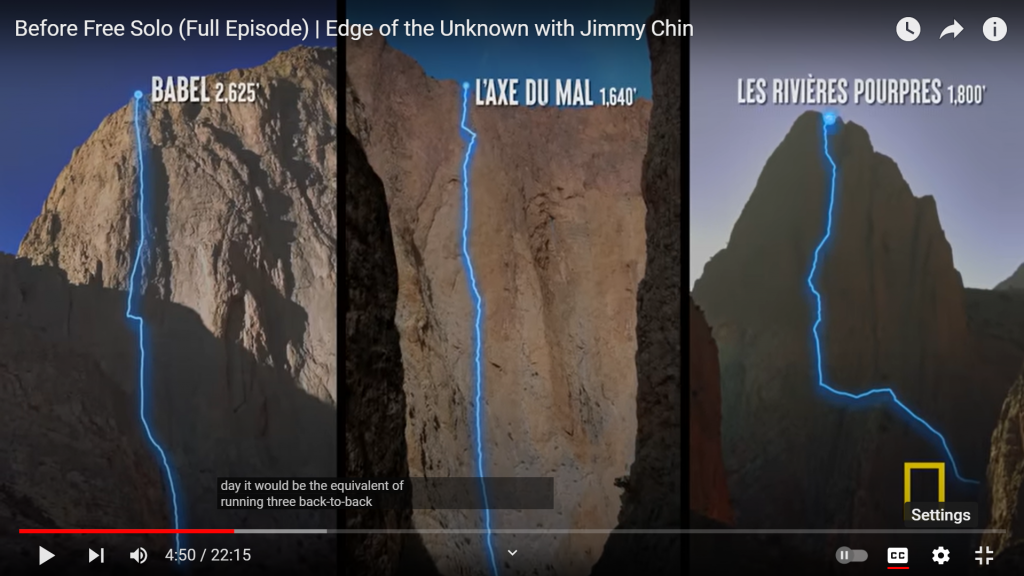

Hi BTE 3232 Innovators,
In today’s class, we’ve ventured into a simple game development, utilizing the powerful Pygame library to bring our ideas to life.

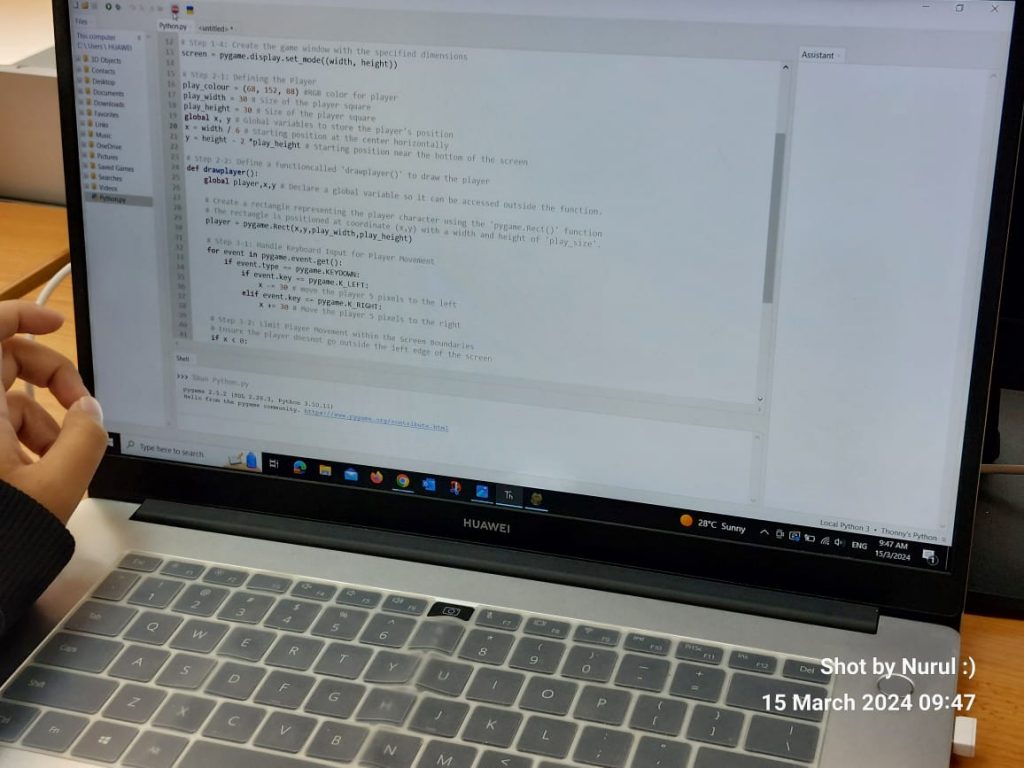

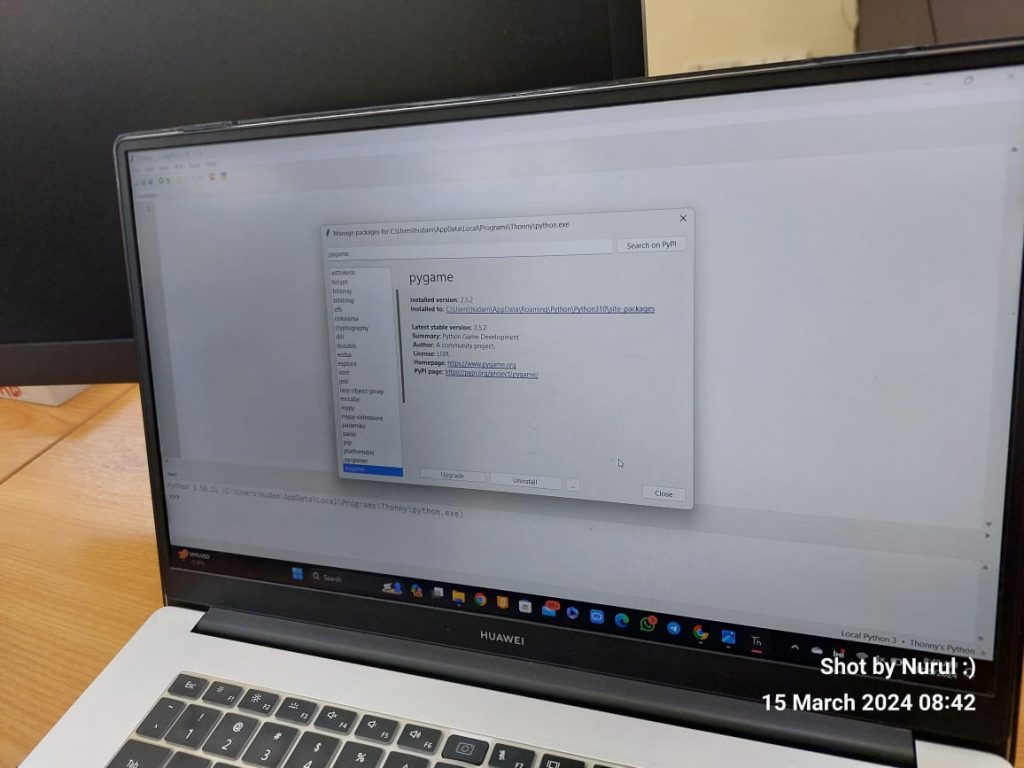
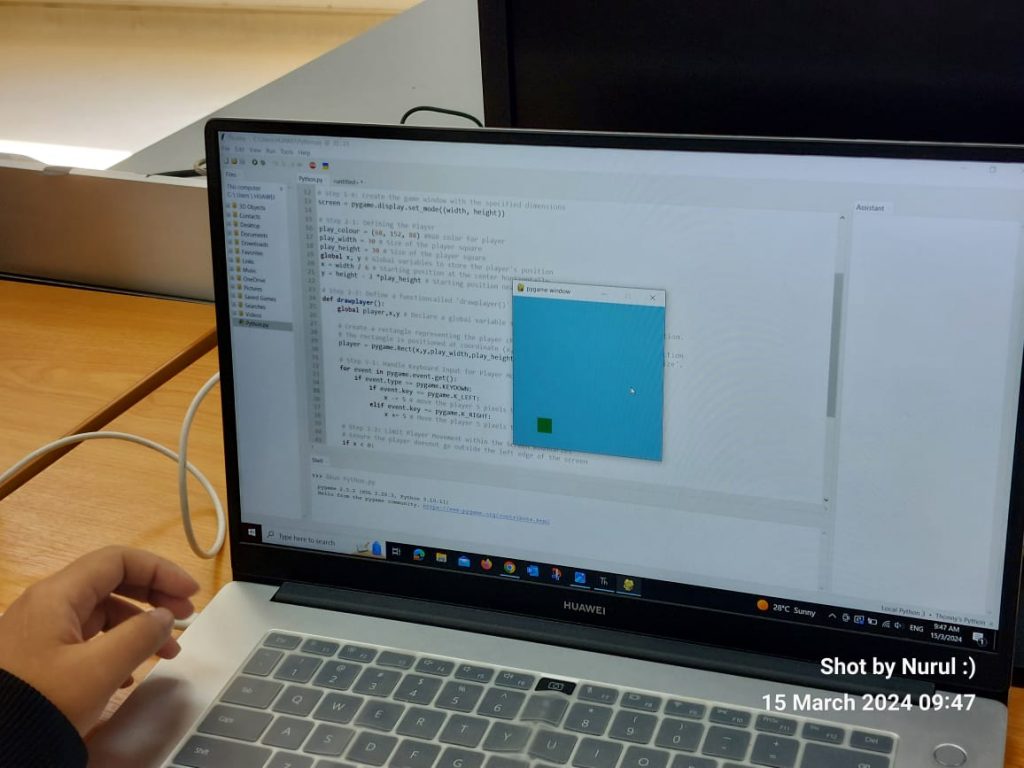
Let’s recap the key pseudo codes we’ve explored, simplifying them for better understanding.
We defined the dimensions of our game window using the Pygame library, specifying its width and height in pixels. This step is crucial as it establishes the canvas on which our game will unfold, ensuring that every pixel is utilized effectively. Understanding the pixel system in Python is vital here, as it allows us to position game elements accurately within the window.
With the player character defined, the next logical step was to implement player movements. Through keyboard interaction, we enabled our players to control the protagonist’s movements within the game window. By listening for keyboard events and responding accordingly, we ensured smooth and intuitive gameplay. This step highlights the importance of control statements, particularly conditional statements like if, elif, and else, which allow us to handle various user inputs and dictate the character’s behavior in different scenarios.
Next class will be:-
As we continue our journey in BTE 3232 Innovation, we’ve laid a solid foundation for our game development endeavors. Understanding the basics of setting up the game window, defining player characters, and implementing player movements is crucial as we dive deeper into more complex game mechanics and features. With each step forward, we inch closer to realizing our vision for our very own slider game.
Stay tuned for more exciting adventures as we explore advanced concepts and unleash our creativity in Python game development!
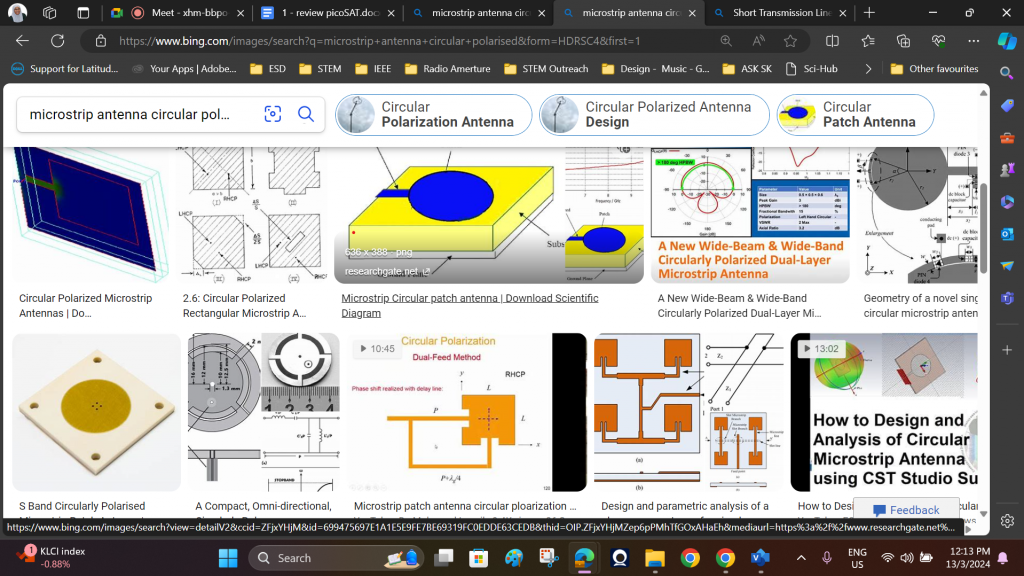
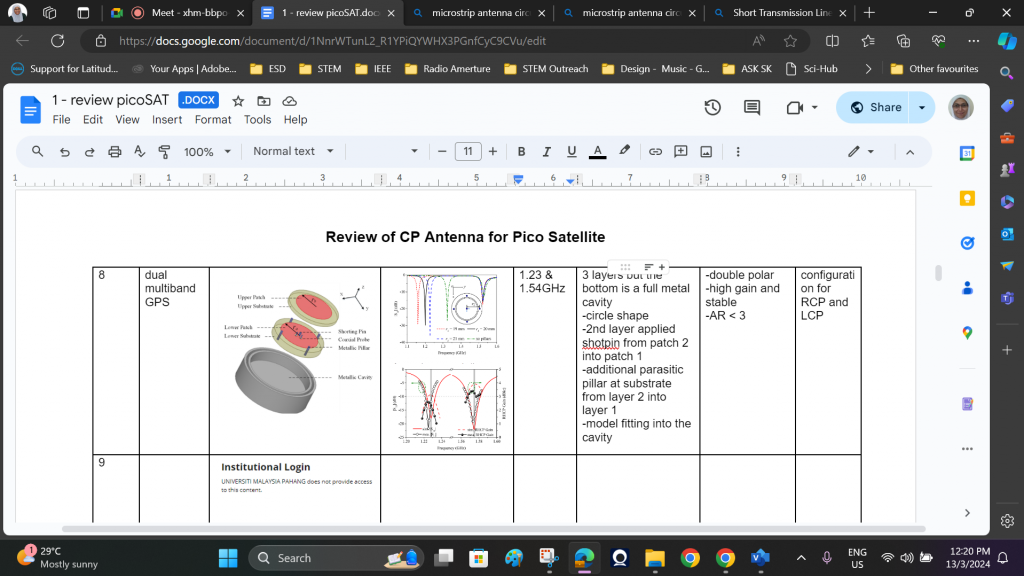
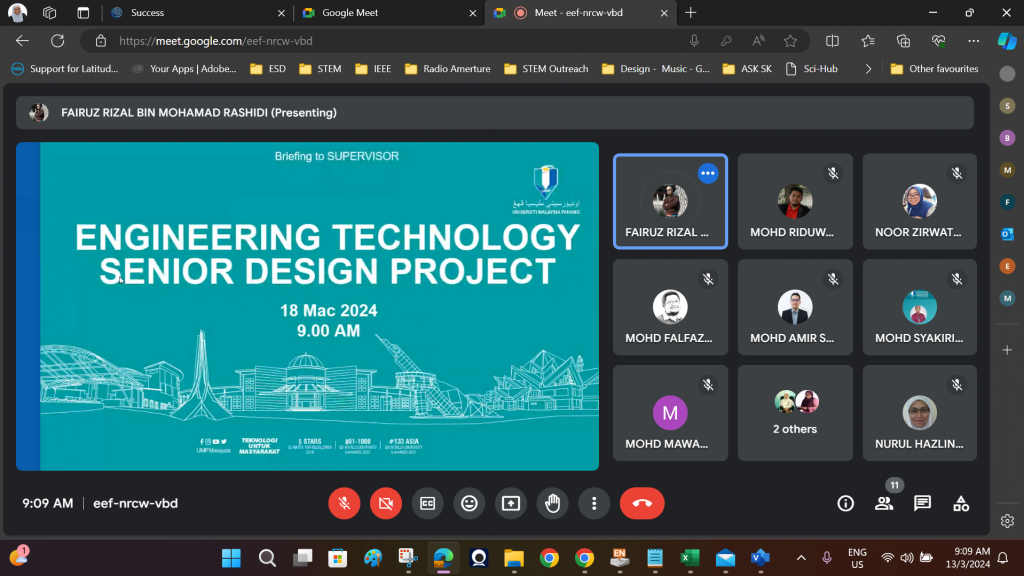
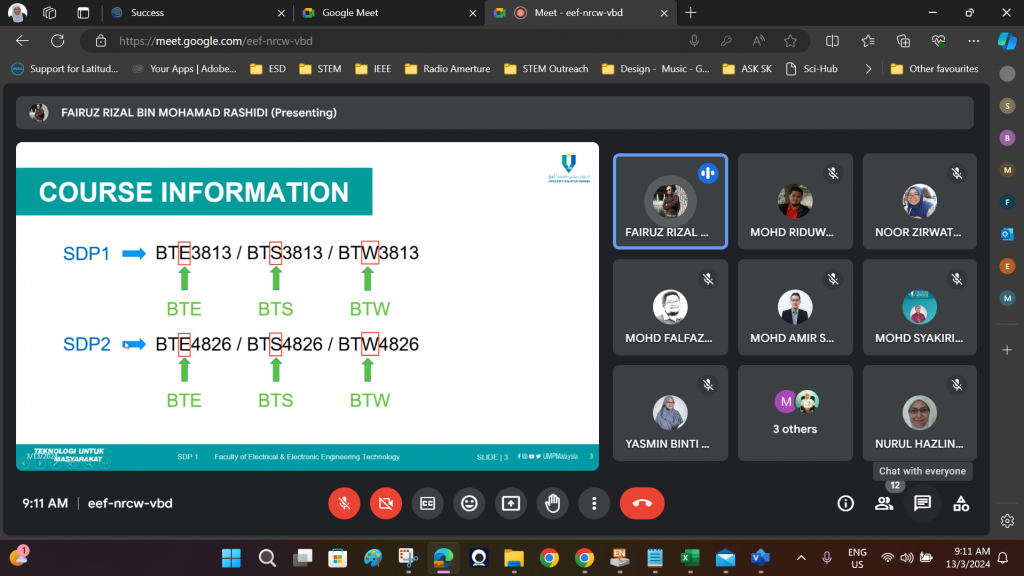
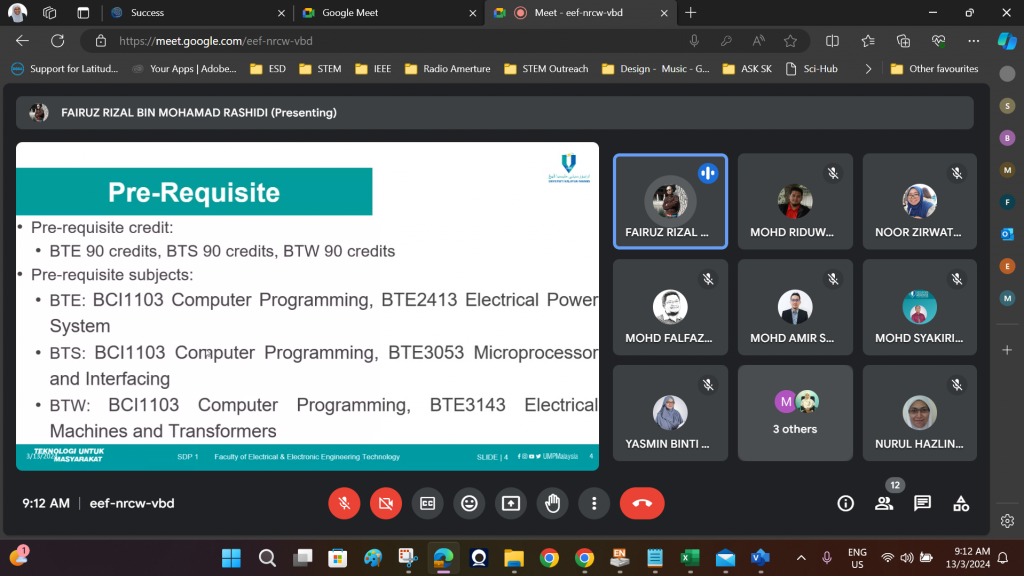
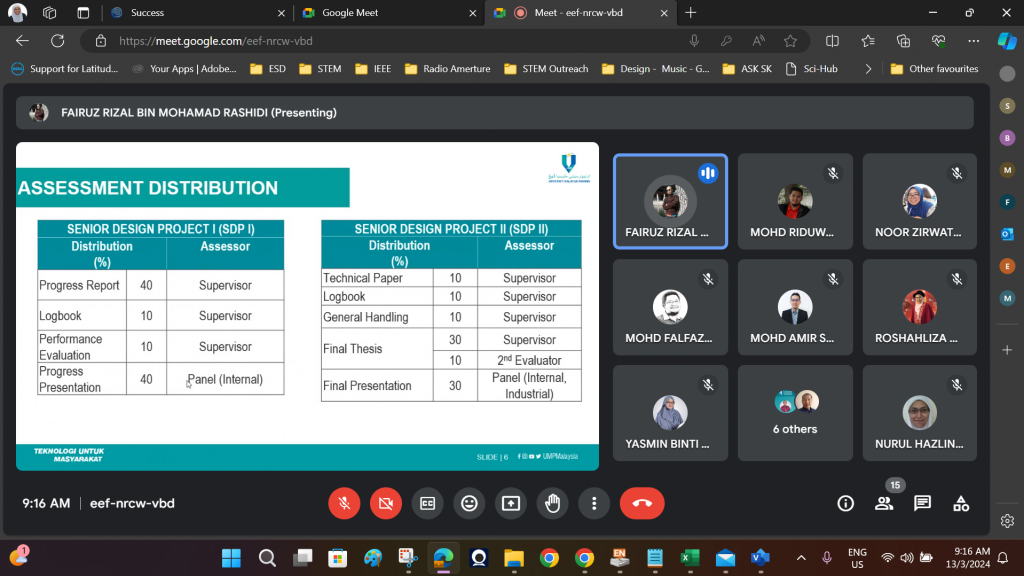
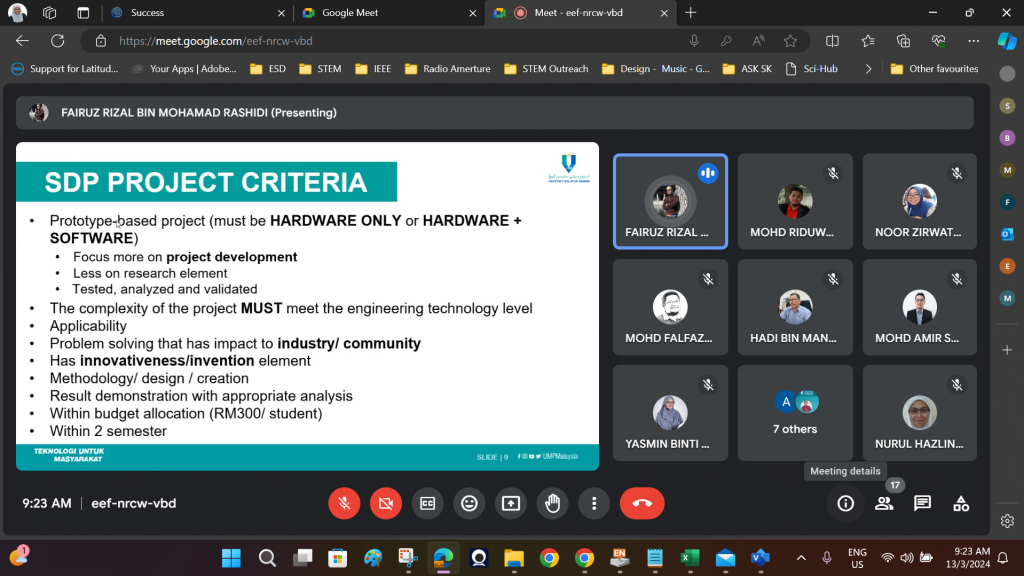
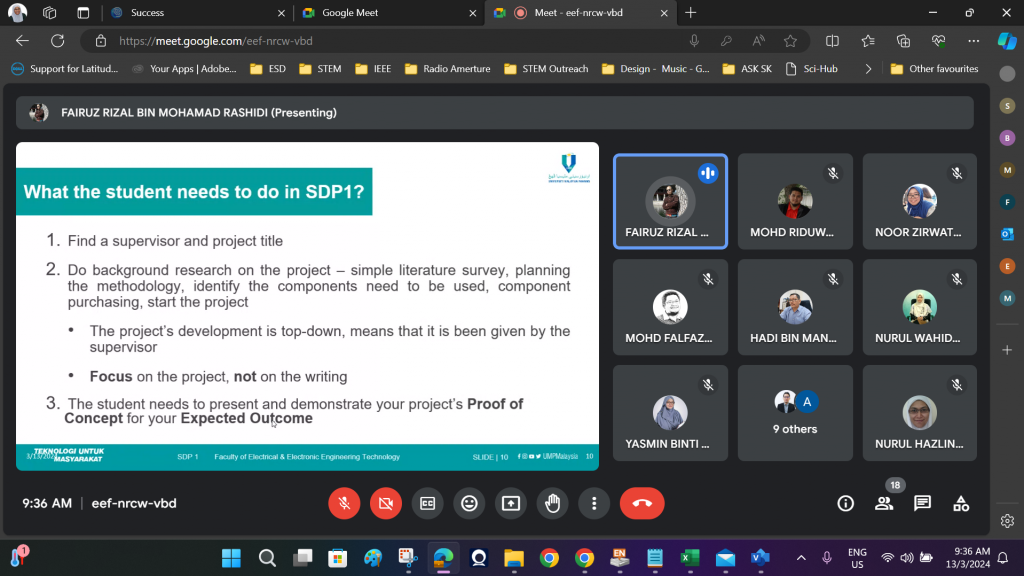
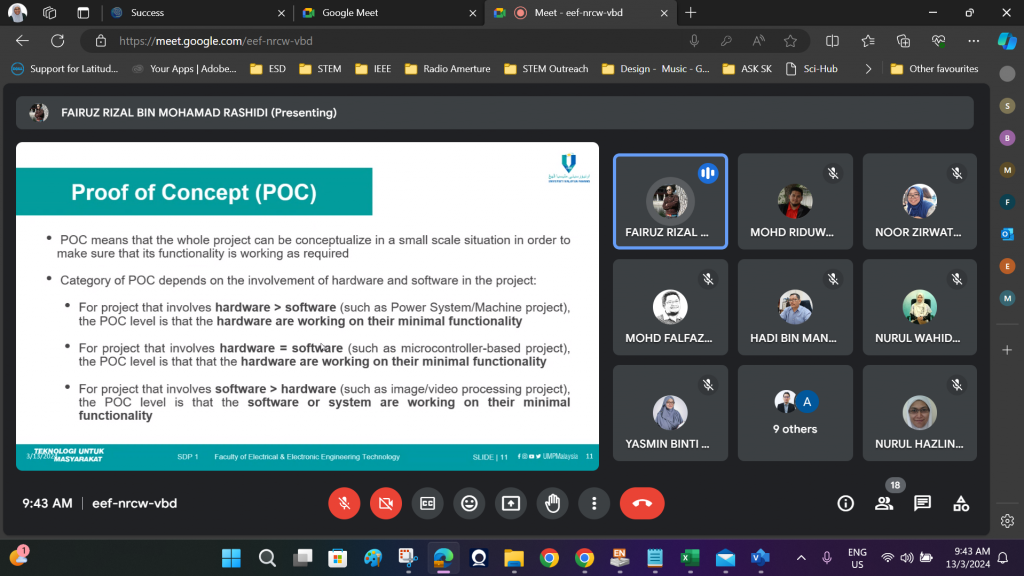
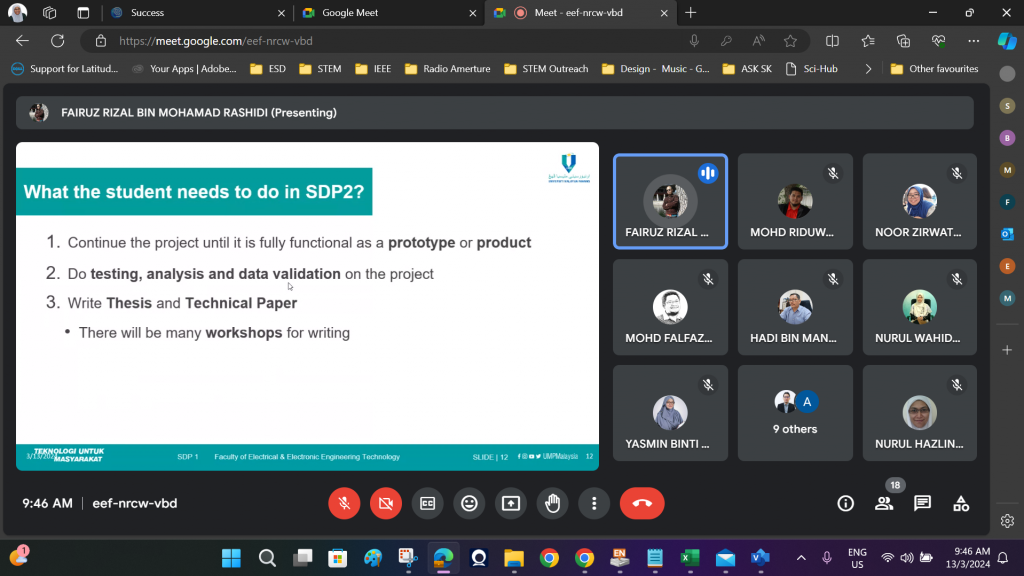
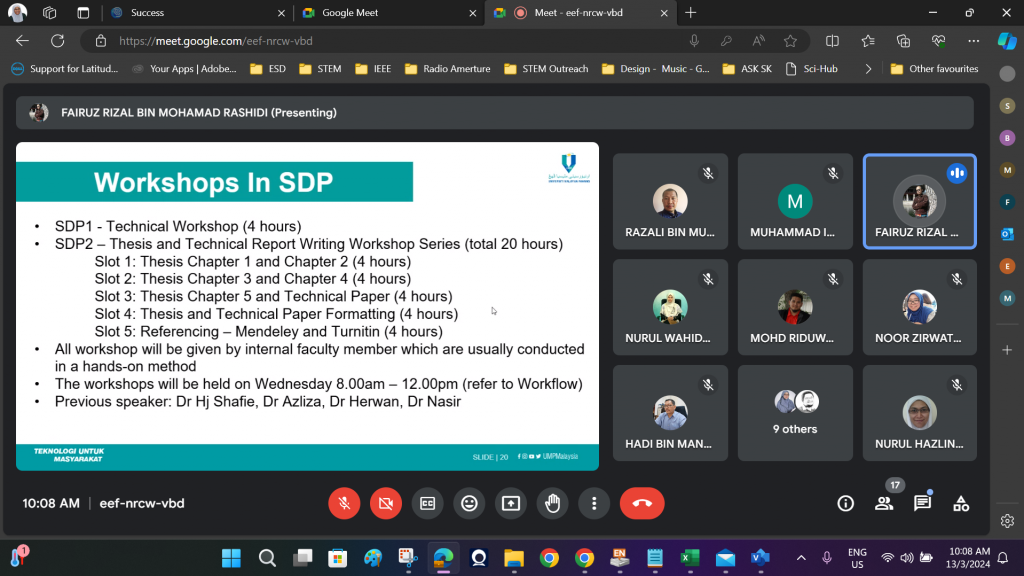
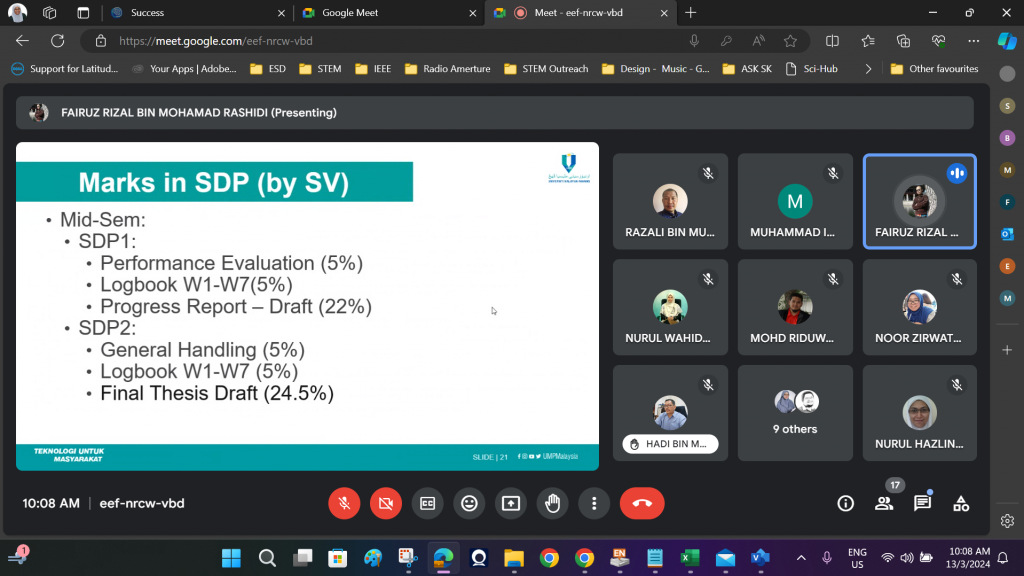
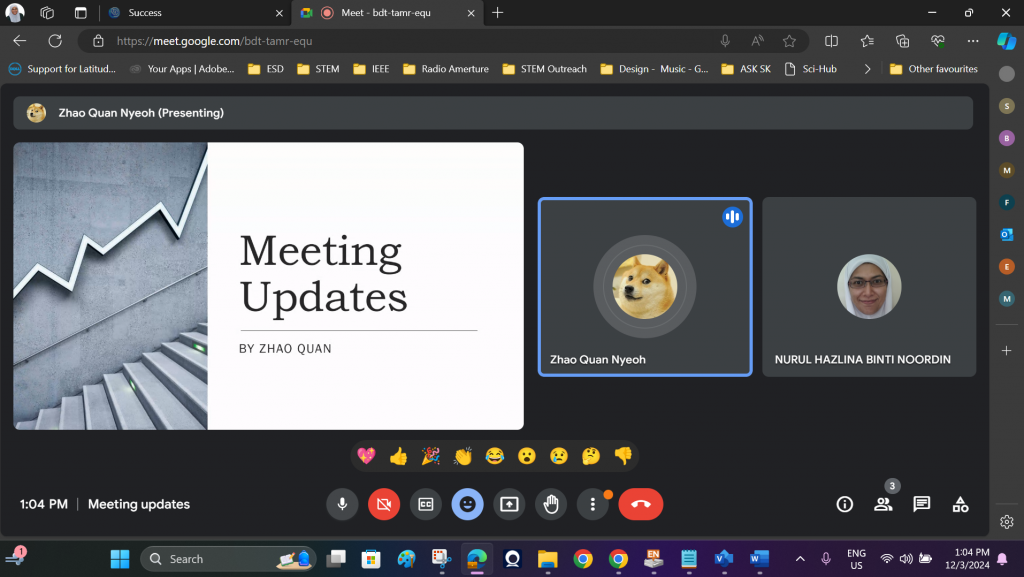
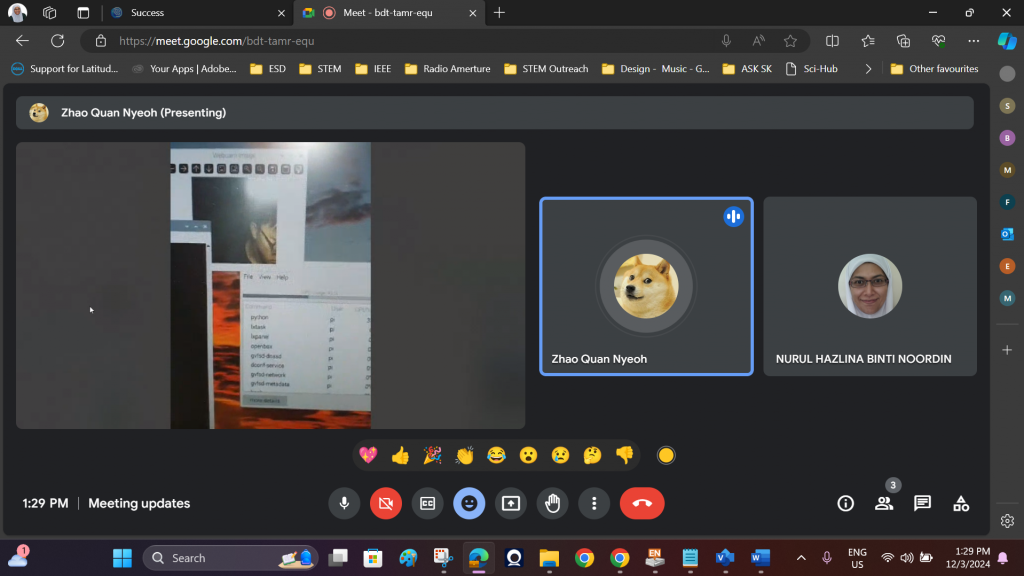
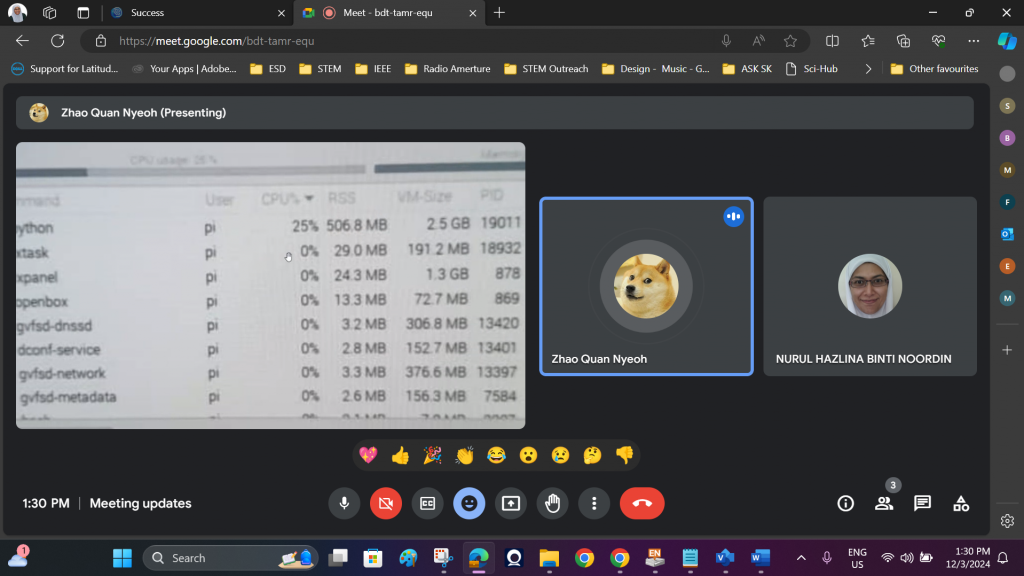
Why Modulate Signals?
To comprehend the significance of modulation, let’s first consider the limitations of transmitting a signal in its raw form. A simple, unmodulated signal lacks the resilience needed to combat issues like interference, noise, and attenuation over long distances. This is where modulation steps in as our technological superhero.
Amplitude Modulation involves varying the amplitude of a carrier signal in proportion to the instantaneous amplitude of the input signal. In simpler terms, it’s like riding the waves of your favorite radio station. The carrier wave carries the information from the input signal, effectively extending the reach and quality of the transmitted signal.
Why AM?
Now, you might wonder, “Why AM and not something else?” AM modulation has its unique advantages, such as simplicity, ease of implementation, and compatibility with various transmission mediums. However, it comes with challenges like susceptibility to noise and limited bandwidth efficiency, paving the way for modern modulation schemes.
In the ever-evolving landscape of communication systems, engineers sought to address the limitations of AM modulation. This led to the development of more sophisticated schemes like FM (Frequency Modulation) and PM (Phase Modulation). These modern modulation techniques offer improved noise resilience, better bandwidth utilization, and enhanced signal quality.
Demodulation: Unveiling the Message:
Now, let’s transition to the counterpart of our tale – demodulation. Demodulation is the process of retrieving the original signal from the modulated carrier wave. It’s like extracting the hidden treasure from the waves you’ve been riding. In our laboratory, we’ll explore demodulation techniques to decode the transmitted information accurately.
As we journey through the world of AM modulation and demodulation in our Communication System Design Laboratory, remember that these concepts are the cornerstone of effective signal transmission. Understanding the ‘why’ behind modulation and the advancements leading to modern schemes equips us to tackle real-world challenges in the dynamic field of electrical engineering.
So, gear up, future engineers! Let’s ride the waves of knowledge and explore the intricate dance between amplitude, frequency, and phase in the vast ocean of communication systems.
